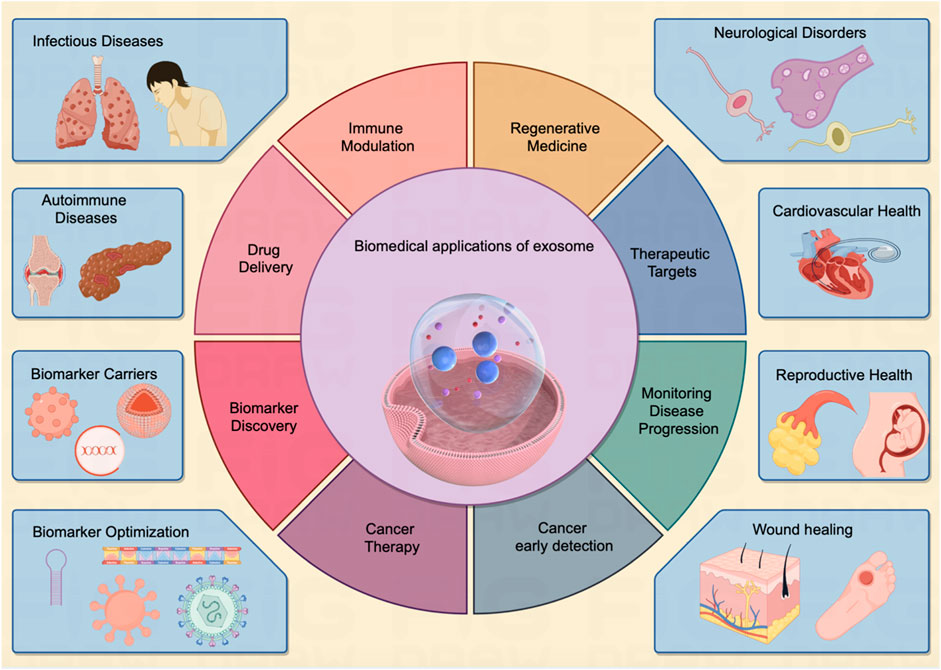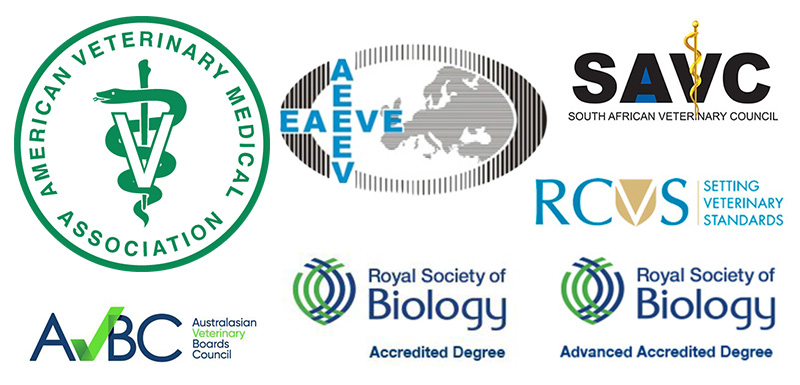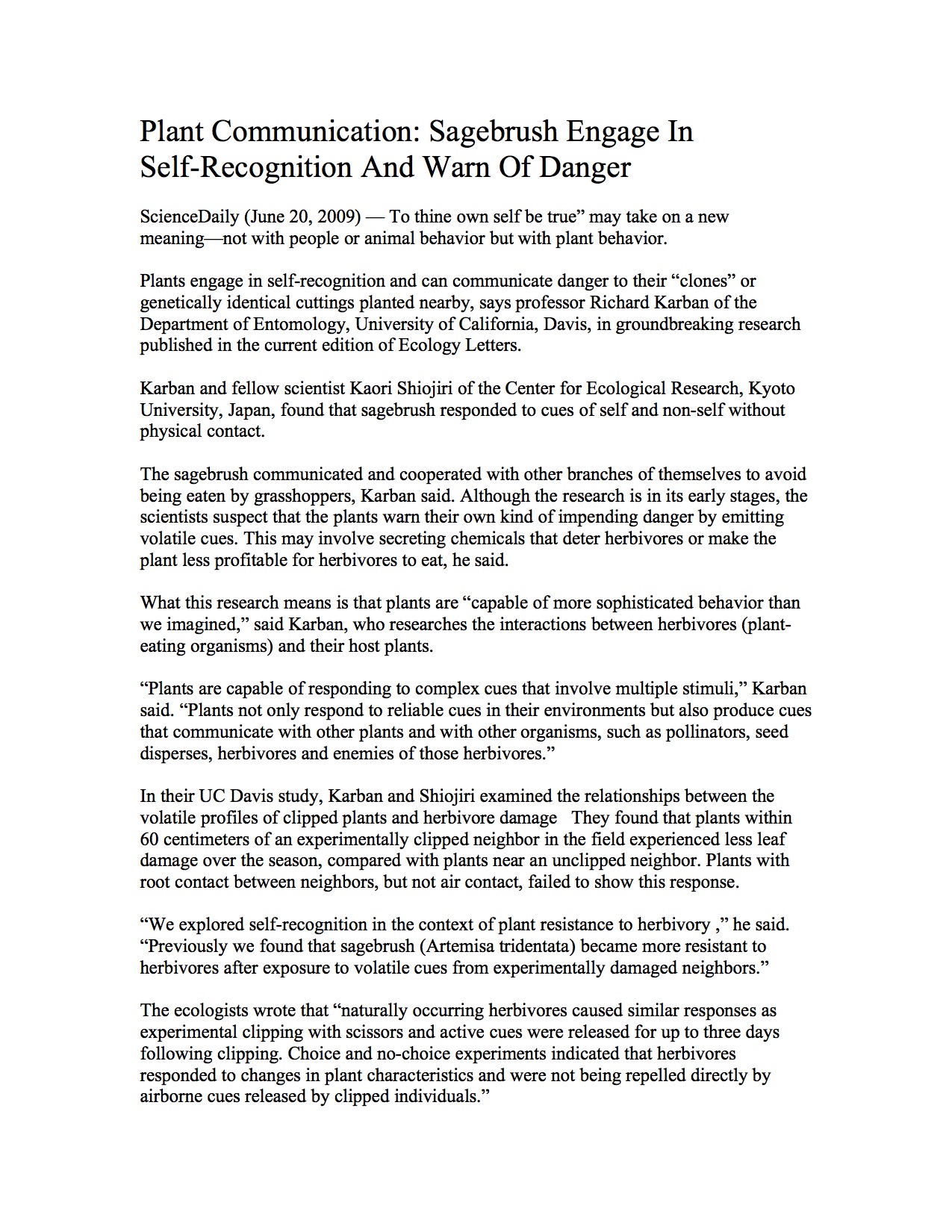Report on Active Foodborne Outbreak Investigations and Alignment with Sustainable Development Goals
Introduction: Public Health Surveillance and Global Development
The active investigation of multistate foodborne outbreaks is a critical public health function. This report outlines the scope of these investigations and contextualizes their importance within the framework of the United Nations Sustainable Development Goals (SDGs). By safeguarding public health, these efforts contribute directly to global targets for health, food security, and sustainable economic growth.
Contribution to SDG 3: Good Health and Well-being
The primary objective of foodborne outbreak investigation is to protect and promote public health, which is the central aim of SDG 3. This is achieved through several key activities:
- Disease Prevention: Rapidly identifying the source of outbreaks prevents further illness and saves lives.
- Strengthening Health Security: The systematic surveillance of pathogens like Salmonella, Listeria, and Shiga toxin-producing E. coli enhances national and global capacity to manage health risks.
- Weekly Monitoring: Coordinated investigations, typically ranging from 17 to 36 per week, demonstrate a robust system for addressing communicable diseases transmitted through food.
Current Investigation Status
Active surveillance focuses on several key pathogens responsible for multistate outbreaks. The primary pathogens under continuous investigation include:
- Campylobacter
- Shiga toxin-producing E. coli
- Listeria monocytogenes
- Salmonella
Public notices are issued for specific outbreaks to inform citizens of actions they can take to protect their health, directly supporting the SDG 3 target of ensuring healthy lives.
Impact on Broader Sustainable Development Goals
Beyond the immediate health impacts, food safety is integral to achieving a wider range of SDGs.
SDG 2: Zero Hunger
Food safety is a cornerstone of food security. Ensuring that the food supply is free from contamination is essential to achieving access to safe, nutritious, and sufficient food for all people.
SDG 12: Responsible Consumption and Production
Investigations into foodborne illnesses often trace back to points in the supply chain. Identifying these failures helps promote safer and more sustainable production practices, reducing food loss and ensuring consumer safety.
Role of SDG 17: Partnerships for the Goals
The success of multistate foodborne outbreak investigations relies on strong collaborative partnerships, a core principle of SDG 17. This multi-stakeholder approach is essential for a comprehensive response.
Key Federal Partnerships
Effective action requires close coordination between public health and regulatory agencies. Key partners in these investigations include:
- The Centers for Disease Control and Prevention (CDC)
- The U.S. Food and Drug Administration (FDA)
- The U.S. Department of Agriculture’s Food Safety and Inspection Service (USDA-FSIS)
This collaborative framework ensures that contaminated food is identified and removed from the market efficiently, protecting consumers and reinforcing the systems needed to achieve global health and sustainability targets.
1. Which SDGs are addressed or connected to the issues highlighted in the article?
-
SDG 3: Good Health and Well-being
The article’s entire focus is on public health, specifically the investigation and control of foodborne disease outbreaks. By monitoring pathogens like Salmonella and E. coli, the CDC’s work directly contributes to ensuring healthy lives and promoting well-being, which is the central aim of SDG 3.
2. What specific targets under those SDGs can be identified based on the article’s content?
-
Target 3.3: End the epidemics of AIDS, tuberculosis, malaria and neglected tropical diseases and combat hepatitis, water-borne diseases and other communicable diseases
The article details the CDC’s “active investigations” into outbreaks of communicable diseases such as “Campylobacter, Shiga toxin-producing E. coli, Listeria monocytogenes, and Salmonella.” These efforts to track and control foodborne illnesses are a direct action towards combating communicable diseases as specified in this target.
-
Target 3.9: By 2030, substantially reduce the number of deaths and illnesses from hazardous chemicals and air, water and soil pollution and contamination
The article states that the CDC works with partners to “identify and remove contaminated food from the market.” This action is explicitly aimed at preventing public exposure to contaminated products, thereby reducing the number of illnesses and potential deaths that arise from food contamination.
-
Target 3.d: Strengthen the capacity of all countries, in particular developing countries, for early warning, risk reduction and management of national and global health risks
The article describes a robust national system for managing health risks. The coordination of “multistate investigations” and the issuance of “CDC Outbreak Notices” to inform the public serve as examples of a strong capacity for early warning, risk reduction, and management of national health threats.
3. Are there any indicators mentioned or implied in the article that can be used to measure progress towards the identified targets?
-
Indicator for Target 3.3 (related to incidence of communicable diseases)
The article provides a quantifiable measure of disease monitoring activity by stating, “CDC typically coordinates between 17 and 36 investigations of foodborne illnesses involving multiple states each week.” The number of active investigations for specific pathogens serves as a direct indicator of the response to, and implied incidence of, these communicable diseases.
-
Indicator for Target 3.9 (related to mortality/morbidity from contamination)
While not providing explicit numbers of illnesses, the article implies this indicator through its description of preventative actions. The issuance of “CDC Outbreak Notices” that advise people on “actions they can take to stay healthy” is a measure aimed at reducing morbidity (illness rates) from foodborne outbreaks.
-
Indicator for Target 3.d (related to health emergency preparedness)
The article’s content is itself an output of a national public health surveillance and response system. The mention of a coordinated effort between the “CDC and… federal regulatory partners, FDA and USDA-FSIS” indicates the existence and operational capacity of a system for managing health emergencies, which is a key aspect of this indicator.
4. Summary Table of SDGs, Targets, and Indicators
| SDGs | Targets | Indicators |
|---|---|---|
| SDG 3: Good Health and Well-being | 3.3: End the epidemics of… water-borne diseases and other communicable diseases. | The number of active multistate investigations (stated as “between 17 and 36… each week”) for specific foodborne pathogens like Salmonella and E. coli. |
| SDG 3: Good Health and Well-being | 3.9: Substantially reduce the number of deaths and illnesses from… contamination. | Implied reduction in illnesses through actions such as working with partners to “remove contaminated food from the market” and issuing public health notices. |
| SDG 3: Good Health and Well-being | 3.d: Strengthen the capacity… for early warning, risk reduction and management of national and global health risks. | The existence of a coordinated national response system involving the CDC, FDA, and USDA-FSIS, and the use of “CDC Outbreak Notices” as an early warning tool. |
Source: cdc.gov







